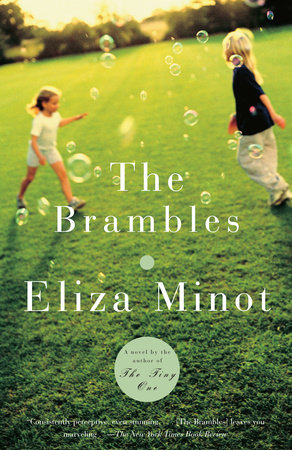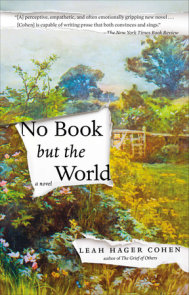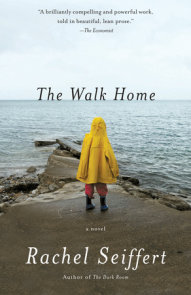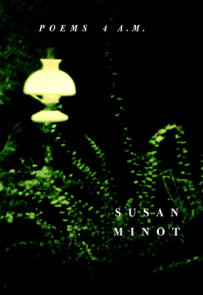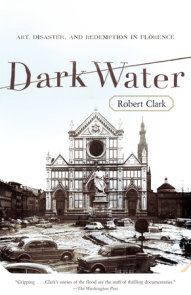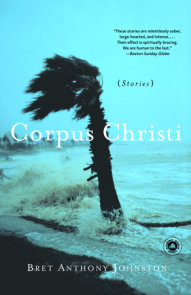READERS GUIDE
“Consistently perceptive, even stunning. . . . [The Brambles] leaves you marveling . . . and looking forward to the author’s next move.”—The New York Times Book Review
The introduction, discussion questions, author biography, and suggestions for further reading that follow are designed to stimulate your group’s discussion of Eliza Minot’s The Brambles, the follow-up to her acclaimed first novel, The Tiny One.
Introduction
In her first novel, The Tiny One, Eliza Minot explored the world of a precocious eight year-old as she struggles to make sense of the sudden death of her mother. Now, in The Brambles, Minot extends her range to portray an entire family as they care for their dying father, grieve over the untimely death of their mother, and try to understand their own roles, both as the children of their parents and as adults in their own right.The Brambles presents a vivid portrait of family life centered around three siblings–Margaret, Max, and Edie–each of whom is struggling to accept the death of their mother and impending death of their father, and more importantly to accept their own lives. Edie is single and solitary, working for a television show she regards with little enthusiasm, and secretly struggling with bulimia. Max is married, with a young son and a wife who wants to leave the confines of their tiny Manhattan studio apartment for someplace more expansive. Max has quit his job at a production company but can’t bring himself to tell his wife, who suspects his erratic behavior is hiding an affair. Margaret is a mother of three small children and immersed in the joys and frustrations of motherhood. The story is told primarily through her point of view, and in her many interior monologues, Minot reveals the rich inner life that emerges even from the most ordinary of daily tasks–the sudden and unexpected thrill of love she feels for her children, her anger at her more carefree siblings, her exhaustion and self-doubt and desire for a more meaningful life.
When Margaret decides to bring her dying father home to stay with her, the siblings come together and the tensions held just under the surface for years begin to emerge. Edie leaves almost immediately to visit her mother’s friend Mimi, and there she learns a secret that will change how all the siblings view their past, their parents, and how they will live their lives hereafter. But what makes The Brambles so extraordinary is not its plot, or the surprise ending, but Minot’s uncanny ability to render the nuances and emotional fluctuations of family life with such grace, wit, and authority. In prose that is lyrical, emotionally layered, and filled with precise observations, The Brambles reveals the full complexity of human relationships.
Questions and Topics for Discussion
1. The Brambles begins and ends with women in the garden–Florence in the opening scene and Margaret in the final one. Why would Minot frame the novel in this way?
2. How does Eliza Minot manage to create such a rich and complex portrait of family life, with all its joys, frustrations, and tenderness, in The Brambles? What is it that makes her writing so convincing and so resonant?
3. What role do secrets play in The Brambles? Who keeps secrets? What effects do they have? What happens when these secrets are revealed?
4. Margaret asks what difference she is making in the world and answers herself with a series of rhetorical questions: “Wasn’t it good enough to be raising three kids, giving as much as she could to them, as often as she was able? Wasn’t it good enough to be nursing her father, bringing him to the house?” [p. 171]. Does Margaret think of herself as a martyr? What is the larger value of family life, of caring for one’s family, as it is presented in the novel?
5. As she’s about to dive into the ocean, Edie asks herself “Isn’t this what life is for? To do things you want to do as long as you don’t hurt anyone or hurt yourself?” [p. 196]. How does her attitude toward life differ from her sister’s?
6. In what ways are Max, Margaret, and Edie self-absorbed? In what ways are they compassionate and concerned with others? In what ways do they try to deal with the grief over the recent and sudden death of their mother and the imminent death of their father?
7. What is so touching and powerful about the way Margaret’s children–Florence, Stephen, and Sarah–relate to their grandfather and his dying?
8. What effect does their father’s death have on Max, Margaret, and Edie? How does it change their sense of themselves and how they want to live their lives?
9. What small moments of daily life–and the consciousness of her characters as they are immersed in their daily lives–does Minot capture especially vividly? In what ways is her writing remarkably true to life?
10. How are the Bramble siblings affected by discovering, belatedly, the truth of their origins? Why would their parents have kept this secret from them for so long?
11. Margaret wonders, near the novel’s end, “What is it that’s trapped within each of them, that rises up and grows, that shimmers along the edges of a life like a glistening fish, ready to burst through?” [p. 242]. Why does she feel compelled to ask this question? How might it be answered?
12. Eliza Minot’s prose is often described by reviewers as lyrical. What passages come closest to poetry in their music and subtlety of description?
13. What is the significance of both Margaret and Edie being rear-ended on the very same day? Do these accidents provide an emotional, as well as a physical, jolt? What role does Tammy play in the novel? Why has Minot included her?
14. At the end of the novel, Margaret recalls her father telling her “It’s not all about love at all . . . . It’s about the ability to do it, it seems to me.” In the final sentence Margaret hears one of her children asking, “Mom? Are you all right, Mom? Mom? Mom? What are you doing?” [p. 243]. Why does Minot end the novel this way? What does her father mean when he says it’s all about “the ability to do it”? What is Margaret doing as the novel closes?







